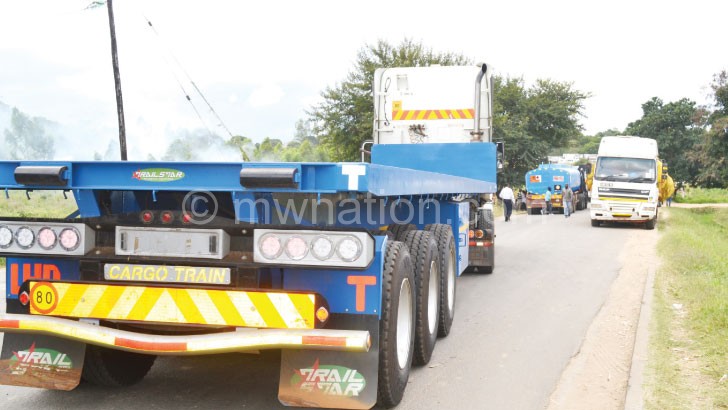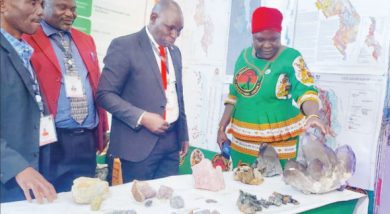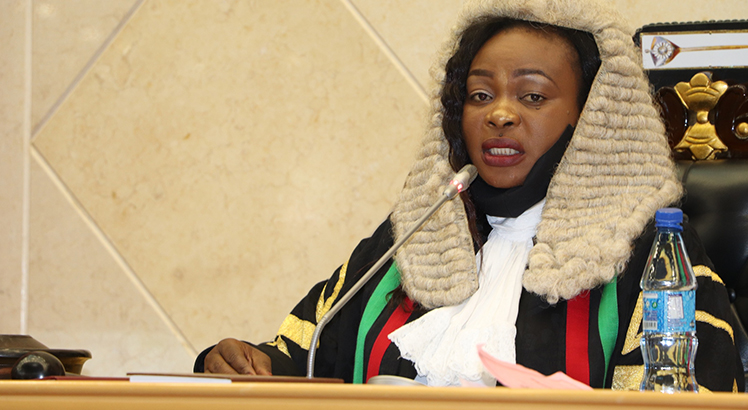Rail undercuts road hauliers
Road hauliers have cried foul over stiff competition by rail transportation through the Nacala Corridor, which has cut their business by about 15 percent.
However, some business operators have said the operationalisation of Nacala railway line is a boon as it has reduced the cost of transporting goods such as tea, coffee and wheat, among others, between Malawi and the deep sea port of Nacala in the eastern side of Mozambique.
The competition comes in because Central East African Railways (Cear) charges $60 (K43 000) to move 10 000 metric tonnes (MT) of cargo while road hauliers charge as high as $90 (K65 000).
AHK Haulage managing director Abdul Hammid Khan in an interview on Sunday said road transporters that used to go to Nacala are slowly being pushed out of business as they cannot compete with low prices being offered by rail transport.

“Railway has taken all the consignments supposed to be hauled by road transporters. For hauling cargo, like wheat, we used to get $90 for 10 000 MT but after discussions, we reduced to $70. But now the price being offered by Cear is $60 and we have been informed that they are planning to lower the price further to $50.
“We cannot compete with this pricing arrangement and this means moving out of business for us as local road transporters,” he said.
Khan said companies that used to hire them have also scaled down their business and prefer to use the rail line.
He said prospects for business look gloomy as they have to pay toll fees, buy diesel, and at the same time, carry goods 30 times less than what is carried through the railway line.
His colleague Charles Leonard Fungula of Ganizani Transport said the situation has since left some transporters with huge debts as they cannot repay back bank loans due to lack of economic activity, a situation he said has put their employees in an awkward situation.
“We may not be able to sustain the current levels of employment if the situation remains at it is,” he said.
However, an official from one of the companies that has switched to using rail said they are saving a lot on transportation cost.
“It used to be expensive to move cargo between Malawi and Nacala and vice versa because of huge transport cost. We can now manage our transportation cost because of the railway line to Nacala which is also in good condition,” he said.
In a separate interview, Minister of Industry, Trade and Tourism Joseph Mwanamvekha, while acknowledging some of the problems that Malawian transporters are facing when doing business, called for a vibrant leadership in the sector’s representation as this is key in addressing the challenges.
Since the rehabilitation of the rail line on the Nacala Corridor, trains can now move at about 72 kilometres per hour (kph) from around 20 kph when it was in bad condition.
There is potential to move cargo in bulk through the rail line and Vale Logistics, which is mining coal at Moatize in Mozambique, is moving 22 million MT of coal and cargo per year from Moatize on the western side of Mozambique through Malawi to Nacala in the east.
According to the United Nations Economic Report on Africa (2016), Malawi’s transport cost remains one of the highest in the Southern African Development Commission (Sadc) region with the sector accounting about 56 percent of landed transport costs and 30 percent of export costs. n





